Fix: Kindle not Showing up on PC
Kindle has been at the forefront of e-readers sold by Amazon which boasts a portable size and Android operating system. It enables users to browse, buy, and download numerous e-books, magazines, etc. onto their systems. The hardware is also manufactured by Amazon and the e-reader has gained much popularity in recent years.

Despite being constantly updated to be aligned with all Microsoft Windows updates, Kindle is known for connectivity problems. There were several cases where Kindle refused to be connected with the operating system after it was upgraded to the latest build it doesn’t connect altogether. The workarounds for this problem are quite simple. We will go through them one by one starting from the easiest.
Solution 1: Checking USB Cable
Kindle is primarily connected to Windows using a USB cable. There are two types of USB cables; one type only supports charging and the other supports charging as well as data transfer. You should make sure that you have the latter type and the USB cable isn’t damaged in any way. Try using different USB cables to connect to your PC. You can also try other USB cables that come with your smartphones.

If the connection still isn’t initiating, try plugging the USB cable into the back of your computer or try plugging in different slots at the front. Before you move on to the other solutions, be absolutely sure that the problem isn’t that of USB ports and cables.
Solution 2: Tweaking your Kindle connection
In this solution, we will try tweaking the way your Kindle is connected to your computer. These tweaking steps will only work if the USB cable you are using is working perfectly so make sure that you go through solution 1. There are several tweaks reported by users which worked for them. Take a look.
- Attach Kindle to a working USB port on your computer and turn off your Kindle completely. Now turn it back on and see if the computer detects the hardware. To restart Kindle, press and hold the power button for ~40 seconds. If the restart process gets initiated, release it.
- Connect Kindle to your PC and open your Kindle. Slide down to reveal the sliding menu and you will see connection options in the notification bar. Set the option “Connect as camera”. As absurd this sounds, this method solved the problem for a number of users.
- You can use Calibre to connect Kindle to your PC. Turn off PC and Kindle and disconnect all the cables attached. After turning your PC back on, open Calibre and connect Kindle to PC. Turn on Kindle now and see if the connection is successful.
- Make sure that the PIN authentication is turned off for your Kindle. There is an option in Kindle which provides an extra layer of security. You can either disable the feature altogether or make sure that you enter your PIN when connection.
- Another workaround is to enable Android Debug Bridge (ADB) on your Kindle. You can try both (disabling and enabling) and see which one fixes the problem for you. You can easily change this setting by navigating to Settings > Device > Turn ADB on/off.
- You can also try connecting Kindle using a USB hub.
- Make sure the latest version of the Kindle application is installed on Kindle. Kindles uses this to connect to your computer.
Solution 3: Installing Kindle as an MTP device
It is possible that Kindle is not correctly installed on your computer. Whenever you plug in a device, Windows automatically detects the type of device and attempts at installing the default drivers for it. Sometimes Windows doesn’t do this right and this causes the connection issue under discussion. We can navigate to the device manager and try fixing this issue.
- Press Windows + R, type “dsevmgmt.msc” in the dialogue box and press Enter.
- Once in the device manager, expand the category “Portable device”. Either this or Kindle will be listed as a device with a small yellow exclamation mark. Right-click it and select Update driver.
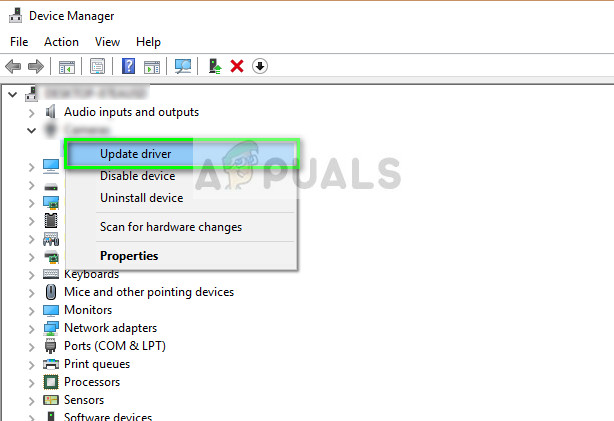
- Select the second option “Browse my computer for driver software”.

- Now select the option “Let me pick from a list of available drivers for my computer”.

- Select Portable Devices and search through the list until you find the MTP driver. You can uncheck “Only show compatible drivers” to get a greater list. Restart your computer after applying the changes and check if the problem is solved.
If even now your computer doesn’t detect Kindle, try connecting the tablet to another computer and see if the connection is successful. Also, you can transfer files using Wi-Fi if the connection is not establishing.

Solution 4: Disabling USB Selective Suspend
Many users reported that disabling USB selective suspend feature also fixed their problem immediately. The USB selective suspend feature allows the hub driver to suspend an individual port without affecting other ports on the hub. It is enabled by default in portable computers to help conserve power and help maintain long battery life. This may induce problems if Kindle isn’t connected properly or Windows doesn’t recognize it.
- Press Windows + R to launch your computer’s Run application. Type “control panel” in the dialogue box and hit Enter.
- Select “Hardware and Sound” from the list of categories.
- Now click on “Power Options”. A new window will come forward consisting of all the power plans your computer has. Select the one you are using and click on “Change plan settings”.

- Now to navigate to the advanced settings, click “Change advanced power settings”.
- Search for USB settings from the list of options and click on it to expand. You will another title named “USB selective suspend settings”. Click it again to expand and select Disabled in both cases (On battery and Plugged in). Save changes and exit.

- Now power cycle both devices and check if this has solved the problem.
Solution 5: Reinstall Driver and Application
In some cases, the driver and the software that you are using on the computer to recognize the kindle device connected to your computer might actually be corrupted or improperly installed. Therefore, in this step, we will first be uninstalling the software and then the drivers after which we will completely reinstall them from the Amazon download page. For that:
- Press “Windows” + “R” to open the Run prompt and type in “appwiz.cpl”.
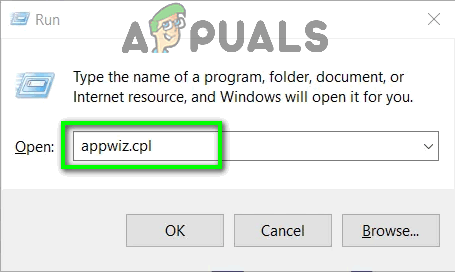
Type “appwiz.cpl” into the Run dialog and press Enter - Press Enter to launch the app management window and scroll through until you find the “Kindle” software on the list.
- Right-click on the application and select “Uninstall” to remove it from your computer.

Uninstalling Kindle Applications - Follow the on-screen prompts to remove the program completely.
- Scroll through the list and repeat this process for any other Kindle related software or application.
- Make sure to also clear out the software installation directories as well if there is anything left inside of them.
- Also, we will have to uninstall the device driver for the Kindle device that you are using before we can move on towards reinstalling them.
- Press ‘Windows” + “R” to launch the run prompt and type in “devmgmt.msc” to launch the device manager.

Run dialog: devmgmt.msc - Expand the category in which your Kindle Device Driver is installed and right-click on the driver.
- Select “Uninstall Device” from the list to remove the driver as well.
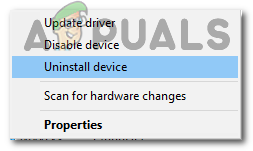
Clicking on the “Uninstall Device” option - Navigate to this page and click on the download for the PC button to download the Kindle software for your PC.
- Reinstall the driver for your specific Kindle as well and make sure that ADB is set up properly.
- Check to see if doing so has fixed the issue with the Kindle.
Method 6: Reinstalling USB Controller Drivers
It is possible that the USB controller drivers that are responsible for connecting, recognizing, and maintaining all USB connections coming to your computers have been corrupted or that they aren’t functioning properly. Therefore, in this step, we will be reinstalling these drivers and then we will check to see if doing so fixes this issue. In order to do that:
- Press “Windows” + “R” to open the Run prompt.
- Type in “Devmgmt.msc” and press “Enter” to open the device manager.

Running Device Manager - Inside the device manager, expand the USB Controllers list.
- Right-click on the USB controller drivers one by one and select the “Uninstall Device” option.

Clicking on the “Uninstall Device” option - Follow through with the on-screen instructions to completely remove these drivers from your computer.
- After removing these drivers, simply restart the computer and they should be reinstalled automatically by the operating system.
- Check to see if reinstalling has fixed the Kindle not being recognized issue on your computer.
Method 7: Assign Drive Letter
In some cases, the computer might actually be detecting the Kindle as a storage device instead of a multimedia device. Due to this, it might be confused between the Kindle’s nature and if you only need to access the files on the Kindle, you can simply assign it a drive letter from the disk management window and it should start working normally. In order to do this:
- Press “Windows’ + “R” to open the Run prompt.
- Type in “Diskmgmt.msc” and press “Enter” to open the Disk Management window.
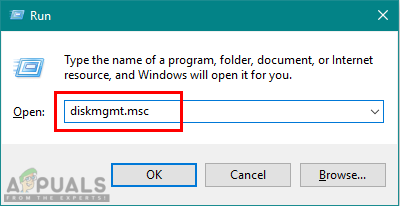
Opening disk management - In the Disk Management, right-click on the Kindle device and select the “Change Driver Letter and Paths” option.
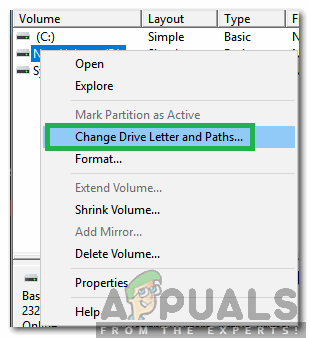
Selecting the Change Drive Letter and Paths option - Click on “Add’ and then assign it a letter of your choice.
- After doing so, save your changes and exit out of the window.
- Go back to the File Explorer and check to see if the Kindle is now accessible.





